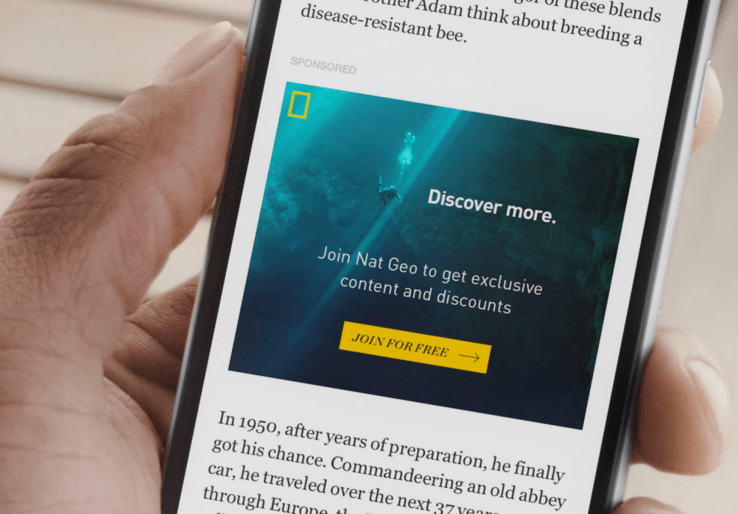
Facebook is bringing its Instant Article media format to Asia after more than twenty media from eleven countries in the region — including China, India and Indonesia — went live on the platform. A further 30 more media have agreed to begin publishing Instant Articles “soon,” Facebook said.
The U.S. social network giant said it created Instant Articles to help load news stories and features faster than they do when a user has to leave Facebook and open a web browser. The media format went live in the U.S. first back in May, with a host of initial partners that included the New York Times, BuzzFeed, National Geographic.
With the Western launch completed, Facebook has turned its hand to bringing the media format to new markets.
Facebook extended Instant Articles into Latin America earlier this week and, after mediareported its rollout in India last month, expanding into Asia Pacific, where Facebook has over 500 million monthly active users, will massively increase the potential reach of the service.
“Expanding Instant Articles to Asia is a significant milestone for the product and for each of our early launch partners,” said Andy Mitchell, who is the director of global media partnerships for Facebook said in a statement. “Instant Articles has been designed with extensive feedback from publishers, and we’re excited to bring this collaboration to our publishing partners in Asia to help them distribute fast, interactive articles to their readers in the Facebook app.”
Beyond the initial launch press, Facebook said it has plans to add further content partners from more countries in the region, so we can certainly expect to see more.

Comments
Post a Comment